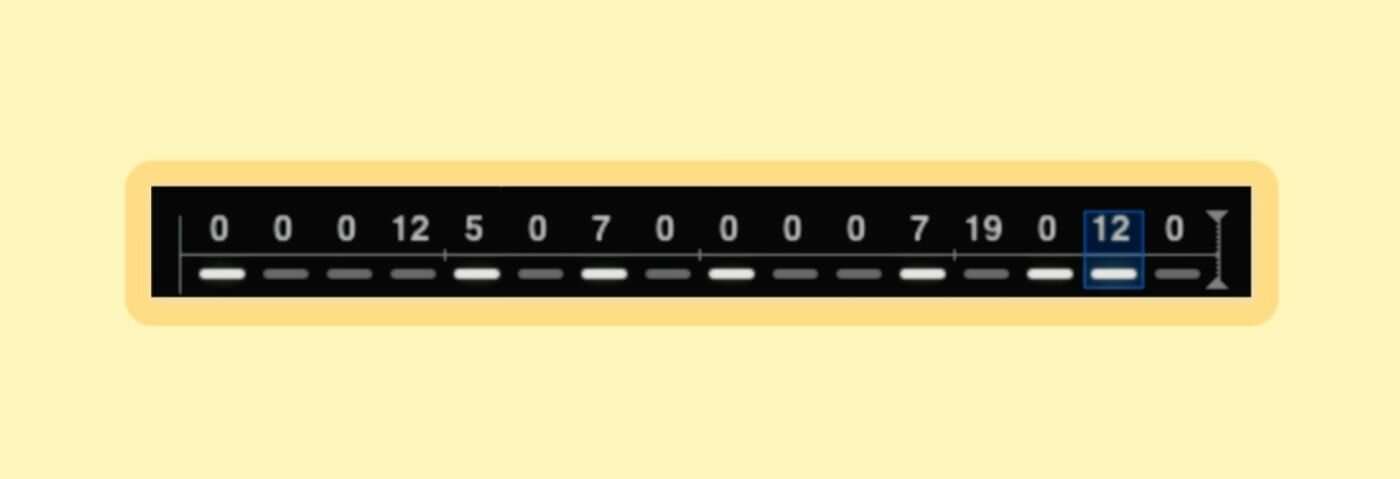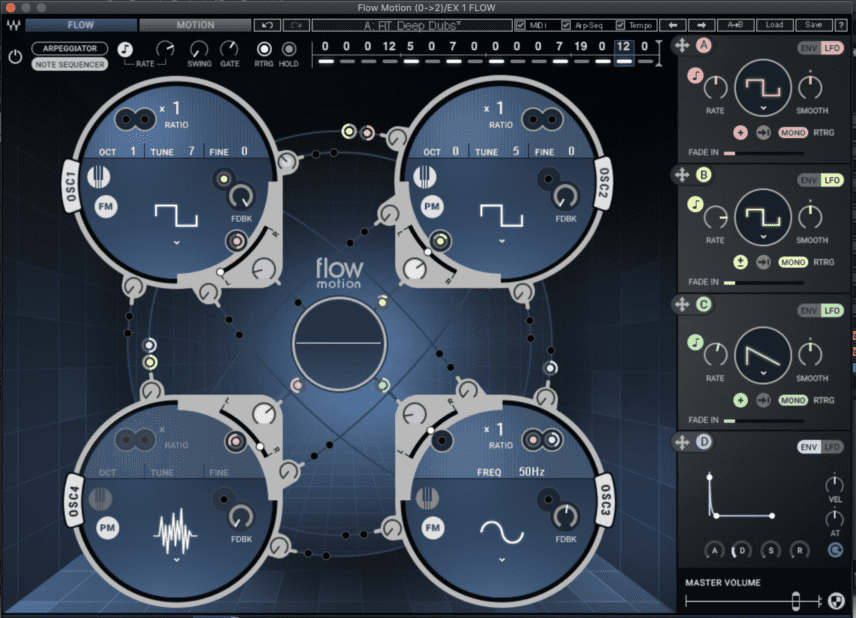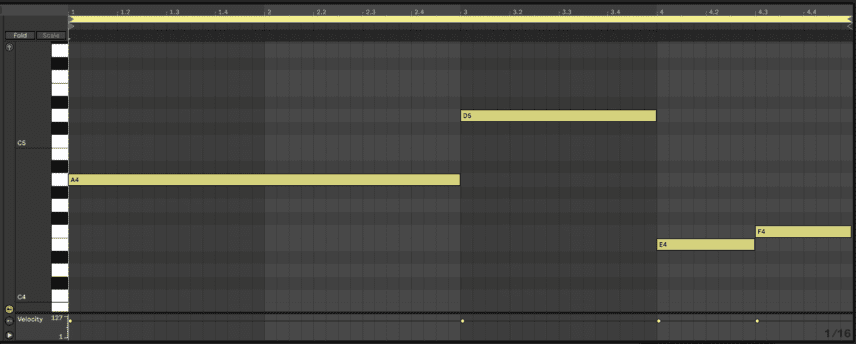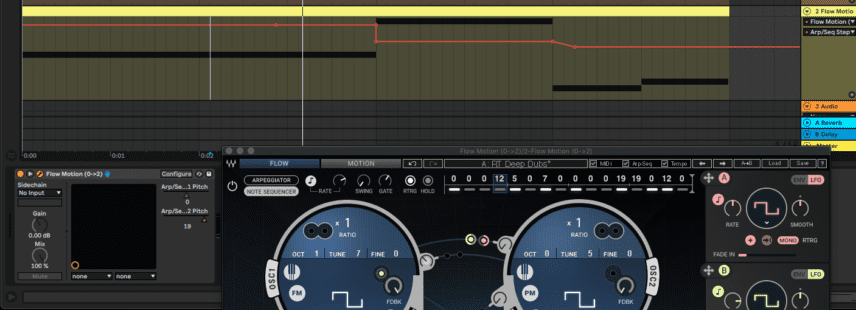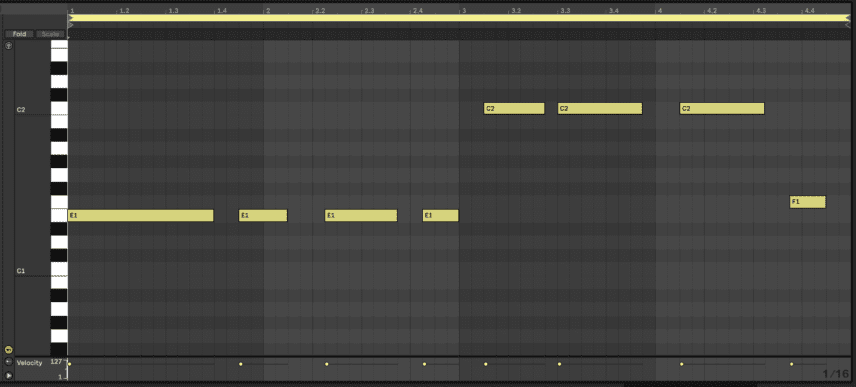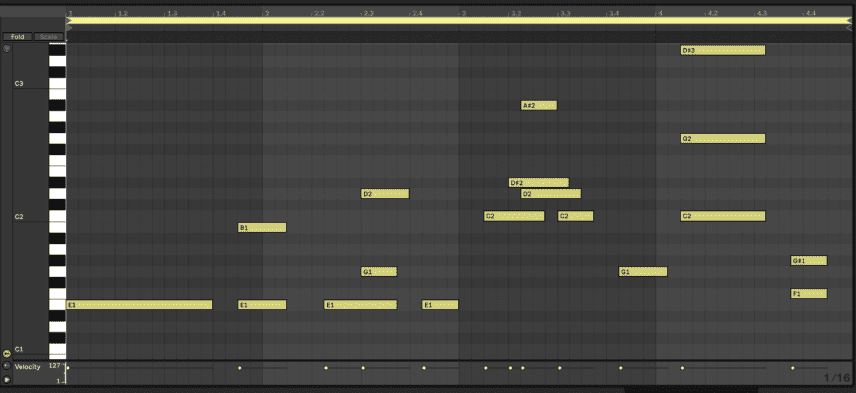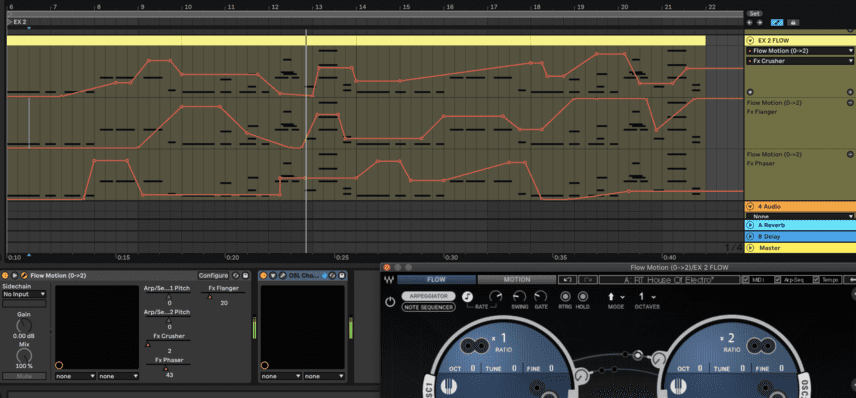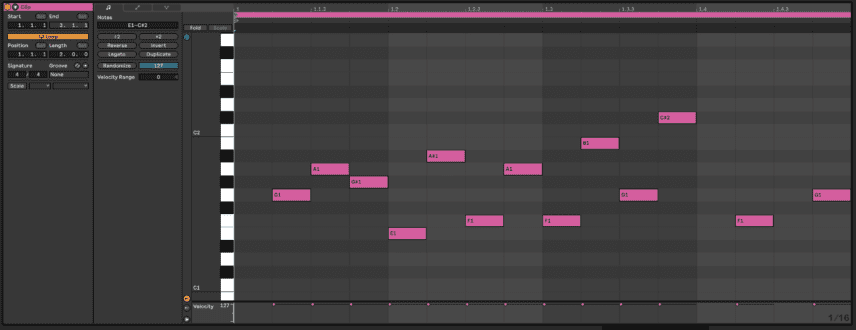In this tutorial, we look at five ways to look beyond presets and add more personal touch to Seq and Arp-style synth presets.
For those who strongly oppose the use of digital synth presets, there’s an extra-special place in hell for Arp and Seq presets! This category of presets is the shortest of shortcuts to ready riffs, but with the right synths, they can sound excellent.
Unfortunately, one always imagines: “Of the tens of thousands of producers who have this synth, someone, somewhere, must have held that one note down and made a track with this very preset that I am staring at right now.”
In this article, we’re going to reduce that worry by breaking down five techniques you can use to make these quality-sounding presets your own.
Click on any image to enlarge it.
Technique 1: Automating Sequence Pitches
To kick things off, let’s look at how to continuously change the notes in sequence presets. If you simply use the preset as found, I.E without changing the notes, you’ll most likely be producing a melody that has been used…many times!
If you change the notes and adapt the sequence to the chords in your track, you’re going to tailor your own sound. For example, here we have a four-bar chord progression with an accompanying beat:
In this next clip, we’ve programmed Waves’ Flow Motion Synth’s RT Deep Dubs sequence preset to play every single root note.
If we play the preset as is, there is a very high note during the second chord and arguably very little personal touch as it’s just a preset:
We are going to tweak it to taste by changing the pattern for the last three chords and automating the pitch for just one step.
In Ableton, you can make sequence step pitches automatable by clicking Configure in the plug-in’s channel window and then clicking on the sequence step in the plug-in.

We automated the pitch of the twelfth note in the 16th-note sequence to descend from 19 to 10 for the second chord and from 10 to 7 for the last two chords. It sounds like this:
It’s good practice to become familiar with what notes or intervals the numbers represent to make it easier to adapt them to your chords.
The most common ones tend to be multiples of plus or minus 12 (octaves) and 7 or 19 (the fifth interval). Sequences containing only these notes will work with both major and minor chords.
For major chords, +4/+16 and +11/+23 are useful as they are respectively the major 3rd and major 7th intervals. In minor chords, +3/+15 and +10/+22 correlate to the minor 3rd and 7th intervals.
Another option for controlling the notes of sequence presets is disabling the synth’s internal sequencer and loading up a sequencer MIDI device or plug-in on the channel before your synth, such as the popular Max for live sequencer MDD Snake. You would of course still need to go through the automation process to continuously change the pattern.
Technique 2: Adding Space Between Notes
Most producers when using an arp or seq presets tend to program in note lasting one bar and leave it to do the rest. However, you can get far more interesting riffs if you set the sequence stop and start with different notes at different points in a bar.
In this example, we’re again using Waves’ Flow Motion with its RT House of Electro preset. This preset is more like an arp preset, as it uses the internal arpeggiator instead of the sequencer.
In the piano roll, we programmed four E notes, three C notes and one F note all playing at different times to leave space between the riffs and create syncopation by emphasizing off-beat notes:
Technique Three: Using Additional Sustained Notes
This is more of a technique for arp presets. While the sequence is playing you can add other notes, again with different timings, to make the pattern more interesting.
This isn’t to say add every single note from the root note’s chord! Even one or two new notes can be more than enough and you can get great results from tweaking the sustain of each note individually. This will add a lot of variety to your riff.
Using the same example as above, we’ve applied this technique and you can see how we’ve programmed the MIDI in the piano roll screenshot below:
Technique 4: Automating The Synth
One of the best ways to add a personal flair to generic-sounding presets is effect automation.
Choosing only two or three effects to continuously tweak is more than enough to move the sound into new territory.
Flow Motion has some good sounding internal effects so we can take the patterns from above and automate the Flanger, Bitcrusher and Phaser effects as they play:
You can also add other effects and automate their parameters instead of only using the synth’s internal effects.
Technique 5: Re-Sampling Sequence Audio
Bouncing the audio from a sequence preset, slicing it up with a sampler and processing it with effects is another creative way to use these sounds.
In this example, we’re going to use Waves’ Codex synth ‘Tell Me About Venus’ preset. Here’s how it sounds with no processing:
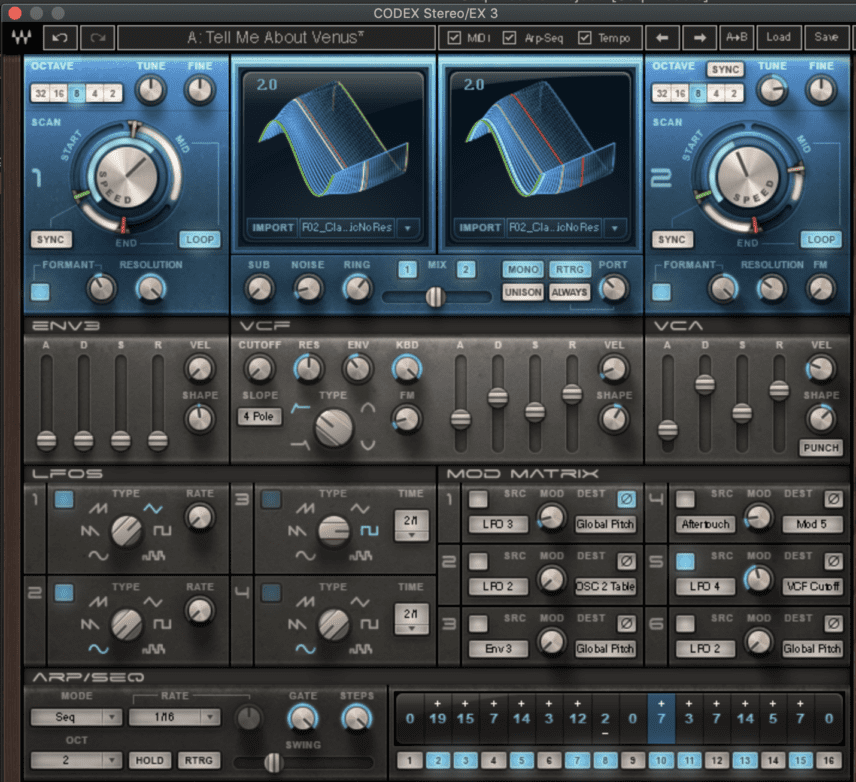
We’ve whipped up a quick beat and bassline to go with it:
It sounds good but it’s too easy! To use the same sound and similar notes we can export the riff’s audio as an audio file and then import it into Simpler in Ableton.
Simpler’s Slice mode is very handy for chopping up audio by transients and you can change the slices by tweaking the Sensitivity parameter. We also dialled in Fade Out within Simpler. It helps soften the cuts in the audio.
The next step is using the piano roll to program a new riff. We can add even more interest by automating effects like Simpler’s filter’s cutoff and resonance. Here’s the new riff with our beat:
FOLLOW ATTACK MAGAZINE
*Attack Magazine is supported by its audience. When you purchase through links on our site, we may earn an affiliate commission. Learn more.
